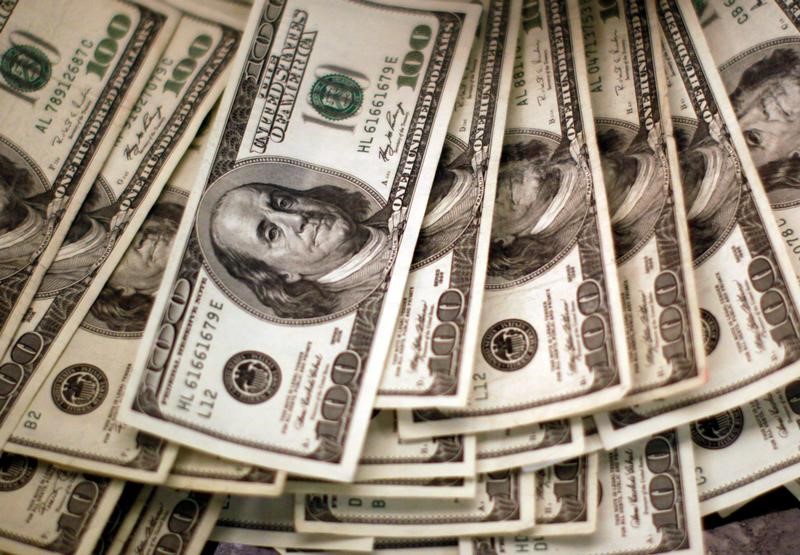(ATF) The People’s Bank of China (PBoC) set yuan parity at 7.0571, the highest reading in two weeks. Later in the Asian trading day, the Chinese currency continued to push higher and stood at 7.0470.
As I have cautioned for several days now, it’s only a question of time before increasing deflationary pressure will push CNY up to the 7.0 level.
The latest deflationary news came today when China’s official PMI was reported to have slipped to 50.8 in April, well down from the expansionary March reading of 52.0. The private Caixin/Markit survey, which takes into account not just large SOEs, but a substantial number of private sector small and medium enterprises, fell to 49.9 from March’s still expansionary 50.1. The number was much lower than the expected rise to 50.3.
The lower-than-expected PMIs reflected significant decreases in orders, notably export orders. So, a higher yuan when exports are flagging? The PBoC has its work cut out for itself.
The April PPI is due out next week and will be a much-watched number. Should it come in with another big drop to, say, -2.5%, this will force the PBoC’s hand to lower benchmark rates.
While the yuan has started the expected deflation fueled rise, the US dollar continues to drop as risk assets rise.
DXY was down 0.12% to 99.4438 at 7:30pm HK time. What will likely influence the USD more than Fed chair Powell’s pledge to do all that’s necessary to spur US recovery is the action of the ECB today.
Eurozone inflation for April came in at 0.4%, a sharp drop from March’s 0.7%. Any hesitation by the ECB to pledge more aggressive bond buying and related measures will force the euro up against the USD and hurt, in particular, German exports critical to eurozone economic recovery.
























